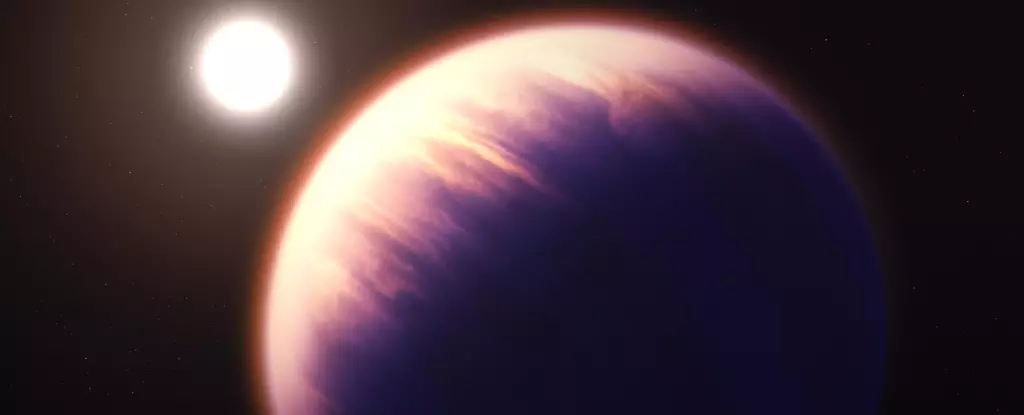In the vast expanse of the galaxy, where the universe never ceases to amaze us with its peculiarities, one exoplanet stands out from the rest. Located at a distance of 1,232 light-years away, WASP-193b is a true enigma. Despite being nearly 50 percent larger than Jupiter, this celestial body is so light and fluffy that its overall density is comparable to that of cotton candy. In fact, it is just a tad over 1 percent of Earth’s density, making it one of the least dense planets discovered to date.
The discovery of WASP-193b, led by astronomer Khalid Barkaoui and his team from the University of Liège in Belgium, has opened up new avenues for understanding planetary evolution. This fluffy planet challenges our conventional models of irradiated gas giants with its extremely low density. Unlike anything we’ve encountered before, WASP-193b forces us to reconsider our current understanding of planetary systems and how they come into being.
Studying peculiar worlds like WASP-193b not only allows us to appreciate the diversity of the universe but also offers insights into the formation and evolution of planetary systems. Gas giants like this one, orbiting closely around their stars, serve as valuable tools for unraveling the mysteries of planetary migration and shrinking. WASP-193b’s tight orbit around its Sun-like star provides researchers with a unique opportunity to delve into the planet’s properties and unravel the secrets of its existence.
The Fluffiness Factor
With a radius 1.46 times that of Jupiter but a mass only 0.139 times Jupiter’s, WASP-193b’s density of 0.059 grams per cubic centimeter is staggering. Comparing this to Earth’s density of 5.51 grams per cubic centimeter or Jupiter’s 1.33 grams per cubic centimeter, it becomes clear that this planet is unlike anything we know. Its resemblance to cotton candy in terms of density is a testament to its ethereal nature and fluffy composition.
The unique properties of WASP-193b pose a challenge to astronomers and planetary scientists alike. While proximity to its parent star could explain the planet’s fluffiness, the age of the star contradicts this hypothesis. With internal heat potentially playing a role in puffing up the planet’s atmosphere, the observed characteristics of WASP-193b remain a cosmic mystery waiting to be solved. The James Webb Space Telescope holds the key to unlocking this puzzle, offering the potential for groundbreaking insights with just a single transit observation.
As we peer into the depths of the universe and uncover strange and wondrous worlds like WASP-193b, we are reminded of the vast complexities of cosmic evolution. This cotton candy planet serves as a reminder that the universe is full of surprises, waiting to be explored and understood. With each discovery, we edge closer to unlocking the secrets of the cosmos and broadening our understanding of the world beyond our own.


Leave a Reply